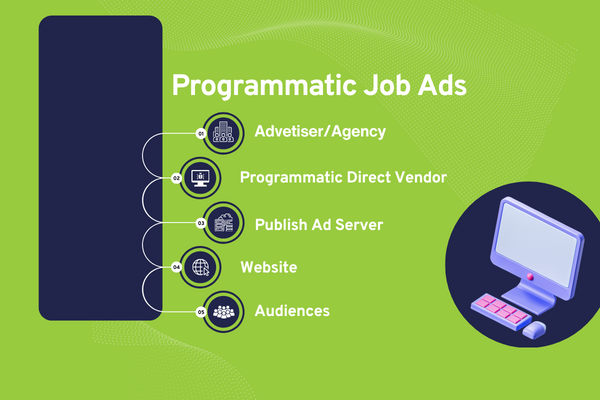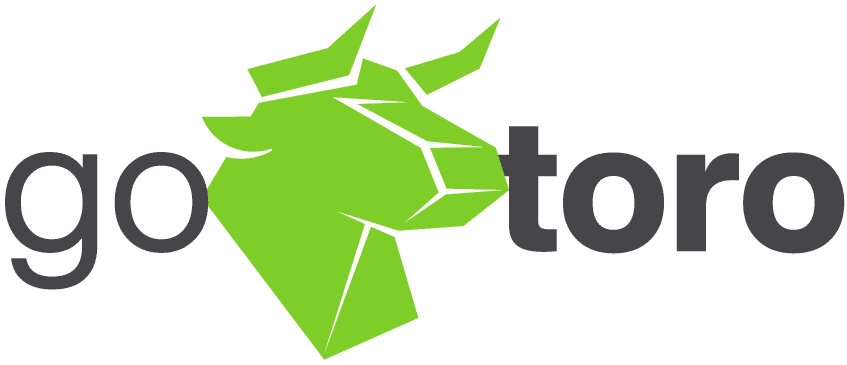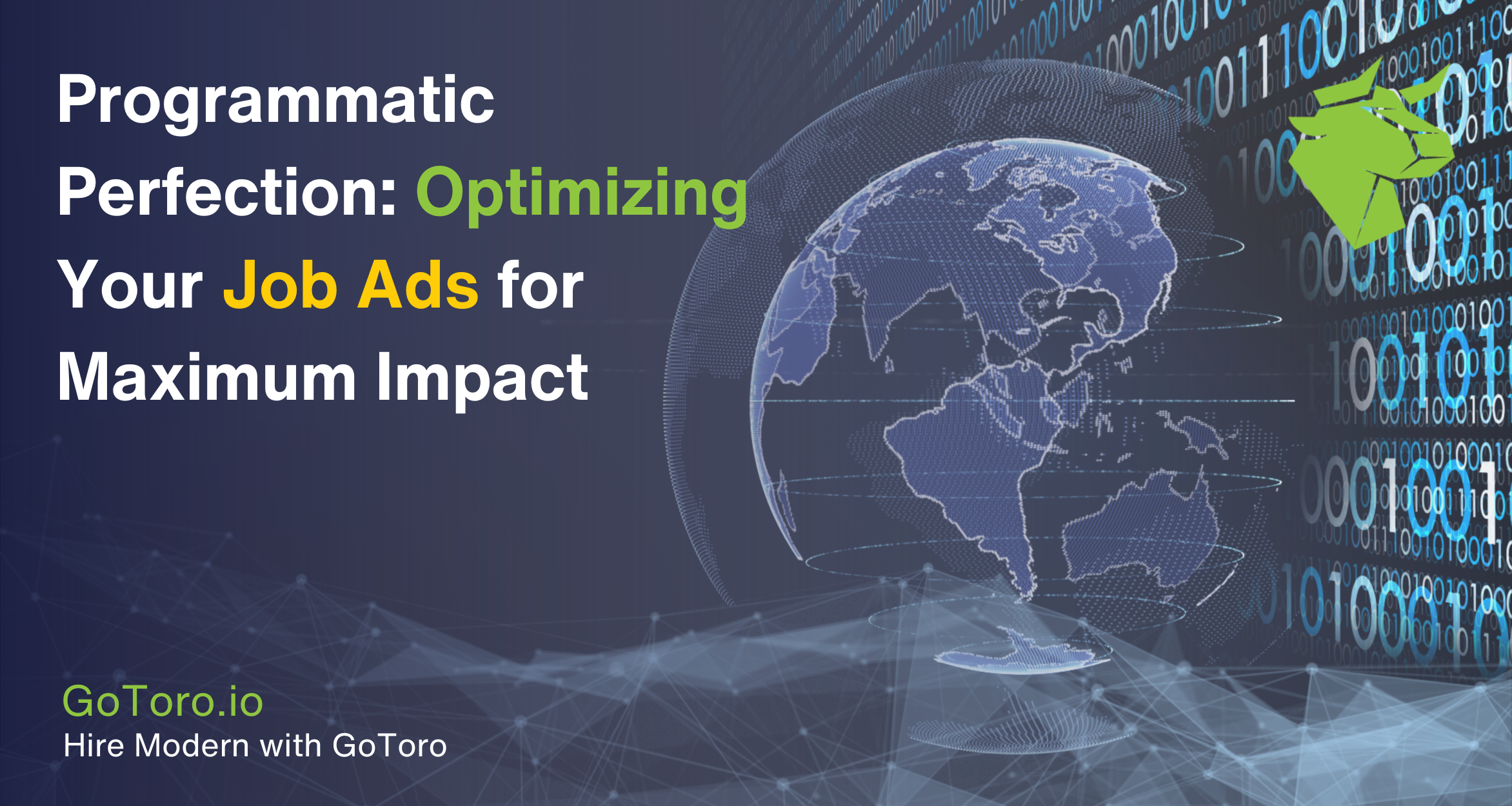The job advertising landscape is rapidly evolving, transitioning from traditional methods like newspaper ads and job boards to more sophisticated, technology-driven approaches. At the forefront of this revolution are programmatic job ads, a game-changer for employers and recruiters aiming at optimizing job ads for maximum impact. This blog delves into the essence of programmatic job advertising, outlining strategies for optimization, and underscoring the benefits and methods for measuring ad performance. By embracing these insights, businesses can ensure their job ads not only reach but resonate with the right candidates, optimizing their recruitment efforts for efficiency and effectiveness.
Understanding Programmatic Job Ads

Definition and Explanation of Programmatic Job Advertising
Programmatic job advertising utilizes advanced technology to automate the buying, placement, and optimization of job ads. This approach leverages data-driven decisions to ensure ads are displayed to the right audience at the right time, maximizing visibility and engagement. Unlike manual postings, programmatic ads are dynamically optimized across various platforms, making the process of optimizing job ads more efficient and effective.
The Technology Behind Programmatic Ads
The backbone of programmatic job advertising is a sophisticated mix of algorithms, machine learning, and real-time bidding (RTB). These technologies analyze vast amounts of data, from job seeker behavior to engagement patterns, to optimize ad placements in real-time. This level of automation and intelligence ensures that each job ad reaches its intended audience with precision, significantly enhancing the ad’s performance.
Comparison with Traditional Job Advertising Methods
Traditional job advertising, while still prevalent, lacks the dynamic and targeted capabilities of programmatic ads. Classic methods are often a one-size-fits-all approach, where ads are placed without the nuanced understanding of the audience’s online behavior. In contrast, programmatic advertising tailors the ad experience to individual job seekers, optimizing job ads for higher engagement and conversion rates.
The Importance of Optimizing Job Ads
The Impact of Optimization on Reach and Engagement
Optimizing job ads through programmatic advertising significantly expands their reach and enhances engagement with potential candidates. By analyzing and adjusting to real-time data, employers can ensure their ads are not only seen by a larger audience but also by individuals most likely to be interested in the job offering. This targeted approach prevents resources from being wasted on uninterested parties and increases the likelihood of attracting qualified applicants.
The Role of Targeted Advertising in Attracting the Right Candidates
Targeted advertising plays a crucial role in optimizing job ads, allowing for a more refined approach to reaching potential candidates. By leveraging data such as demographics, interests, and online behavior, programmatic ads can be tailored to appeal to the specific characteristics of ideal candidates. This precision in targeting ensures that job ads resonate more deeply with those who see them, greatly improving the quality of applicants.
Cost-efficiency and ROI Benefits
Optimizing job ads through programmatic methods is not only effective in reaching the right candidates but also offers significant cost-efficiency and ROI benefits. By automating the ad buying process and optimizing ad placements based on performance, employers can achieve better results with lower investment. This efficiency reduces the cost per hire and increases the overall return on investment, making programmatic job advertising an invaluable tool for companies looking to streamline their recruitment efforts.
In summary, the shift towards programmatic job advertising presents an unprecedented opportunity for optimizing job ads. By understanding and leveraging the technology behind programmatic ads, and recognizing the importance of targeted, optimized advertising, employers can significantly enhance the effectiveness of their recruitment campaigns, attracting high-quality candidates more efficiently and cost-effectively.
Strategies for Optimizing Your Job Ads
Optimizing job ads is crucial for employers aiming to attract the right talent efficiently and effectively. Here are key strategies to enhance the performance of your job advertisements:
Keyword Optimization
The importance of integrating relevant keywords into your job ads cannot be overstated. Keywords play a pivotal role in ensuring your ads are visible to the right candidates on search engines and job boards. By researching and using terms that potential applicants are likely to search for, you can significantly improve the visibility of your ads and attract more qualified candidates.
Visuals and Media
Incorporating engaging visuals and videos can dramatically enhance the performance of your job ads. Visuals capture attention and can convey your company culture and the job’s atmosphere better than text alone. High-quality images and videos can make your ad stand out, encouraging more candidates to engage with and apply to your openings.
Mobile Optimization

With the increasing use of mobile devices for job searches, ensuring your ads are mobile-friendly is essential. Mobile optimization includes fast loading times, readable formats, and easy navigation on smaller screens. Optimizing job ads for mobile devices expands your reach and makes it easier for candidates to apply on the go.
A/B Testing
A/B testing is a powerful tool for refining your job ads. By creating two versions of an ad and testing them against each other, you can determine which elements perform best, from headlines to call-to-actions. This data-driven approach allows for continuous improvement and optimization of your job ads.
Audience Targeting
Leveraging data to target your ads to specific demographics, locations, and job seekers is another key strategy. Programmatic advertising platforms offer sophisticated targeting options, enabling you to reach candidates who are most likely to be interested in your job. This targeted approach ensures better use of your advertising budget and attracts more relevant applicants.
Ad Placement Strategy
Selecting the right platforms and times to post your ads is critical for maximizing visibility. Different job boards and social media platforms attract different audiences. Analyzing where your ideal candidates spend their time online and scheduling your ads to go live when they are most active can greatly increase your ad’s effectiveness.
Dynamic Ad Creatives: The Power of Personalization
Dynamic ad creatives that adjust content based on the viewer’s behavior and preferences can significantly increase engagement. Personalization makes ads more relevant to the individual, increasing the likelihood of attracting candidates who are a good fit for the job and your company culture.
Implementing Programmatic Job Ads

Step-by-step Guide to Setting Up Your First Programmatic Job Ad Campaign
Define Your Objectives:
Clearly outline what you want to achieve with your campaign, such as increasing applications from qualified candidates.
Select a Programmatic Advertising Platform:
Research and choose a platform that suits your needs, considering factors like targeting capabilities, ease of use, and cost.
Create Your Ad Content:
Design engaging and optimized job ads following the strategies outlined above.
Set Up Your Campaign:
Configure your campaign settings, including budget, targeting options, and ad placements.
Launch and Monitor:
Launch your campaign and closely monitor its performance, making adjustments as necessary to optimize results.
Tips for Selecting the Right Programmatic Advertising Platforms
- Look for platforms with robust targeting options to ensure your ads reach the right audience.
- Consider platforms that offer comprehensive analytics and reporting tools to track your ad performance.
- Evaluate user reviews and case studies to gauge the platform’s effectiveness and customer support.
Best Practices for Campaign Management and Optimization
- Regularly review campaign data to identify trends and areas for improvement.
- Continuously refine your targeting and ad creatives based on performance insights.
- Stay informed about the latest trends in programmatic advertising to adopt new strategies that can enhance your campaign’s success.
- By following these strategies and best practices for implementing programmatic job ads, employers can maximize their recruitment efforts, optimizing job ads for increased visibility, engagement, and applicant quality.
Measuring the Success of Your Job Ads
Optimizing job ads is an ongoing process that requires constant measurement and adjustment. To ensure your job advertising efforts are effective, it’s crucial to track specific key performance indicators (KPIs) and utilize advanced tools and technologies for performance analysis.
Key Performance Indicators (KPIs) to Track
Click-Through Rates (CTR):
CTR measures the percentage of viewers who click on your ad after seeing it. A high CTR indicates that your ad is relevant and engaging to your target audience.
Application Rates:
This KPI tracks the number of applications received per ad. Monitoring application rates can help you gauge the effectiveness of your ad in compelling candidates to apply.
Cost Per Application:
This metric calculates the average cost of generating one application. It’s essential for assessing the financial efficiency of your job ads.
Quality of Applicants:
Beyond quantity, the quality of applicants is critical. Assessing the relevance of applicants’ skills and experience to the job requirements can help you understand if you’re attracting the right candidates.
Tools and Technologies for Measuring Ad Performance
Various tools and technologies are available to help employers measure and optimize the performance of their job ads. Analytics platforms provided by job boards, social media sites, and programmatic advertising services offer insights into ad performance, audience demographics, and engagement metrics. Additionally, Applicant Tracking Systems (ATS) can track applications and manage candidate data, providing valuable insights into the hiring funnel.
How to Analyze Data and Make Informed Adjustments
Analyzing ad performance data involves looking for trends, identifying areas of success, and pinpointing aspects that could be improved. For instance, if certain ads have a low CTR, you might experiment with different headlines or visuals. If the quality of applicants is lacking, consider refining your targeting criteria or revisiting the job description and qualifications listed in your ad. Regular analysis allows for continuous optimization of your job ads, ensuring they perform effectively and efficiently.
Future of Programmatic Job Advertising

The future of programmatic job advertising is poised for significant evolution, driven by advancements in technology and changing recruitment landscapes. Staying ahead of these trends is crucial for optimizing job ads in the years to come.
Emerging Trends in Programmatic Advertising
AI Advancements:
Artificial intelligence is becoming increasingly sophisticated, offering new ways to personalize ads, predict candidate behavior, and automate the optimization process.
Automation:
Enhanced automation capabilities are streamlining the ad buying process, making it easier and faster to launch and adjust campaigns based on performance data.
Personalized Advertising:
The trend towards more personalized ad experiences is growing. By leveraging data analytics and AI, employers can create highly targeted ads that speak directly to the interests and needs of potential candidates.
The Potential Impact of These Trends on Job Advertising
These emerging trends are set to transform how employers approach job advertising. AI and automation can provide deeper insights into candidate behavior, enabling more effective targeting and ad optimization. Personalized advertising has the potential to significantly increase engagement and application rates by offering a tailored experience to each job seeker. As these technologies continue to develop, optimizing job ads will become more efficient, leading to higher quality applications and more successful hiring outcomes.
In conclusion, by understanding and implementing current best practices in optimizing job ads and staying informed about future trends, employers can enhance their recruitment efforts, ensuring they attract the right talent in an increasingly competitive job market.
Optimizing programmatic job ads is crucial in today’s competitive recruitment landscape. By implementing the outlined strategies, employers can significantly improve their hiring outcomes, ensuring their job ads not only reach but resonate with the right candidates. As technology continues to evolve, its role in enhancing job advertising will only grow, offering new opportunities for efficiency and effectiveness. Embracing these advancements is essential for any organization aiming to attract top talent and stay ahead in the recruitment game – request a demo today.


